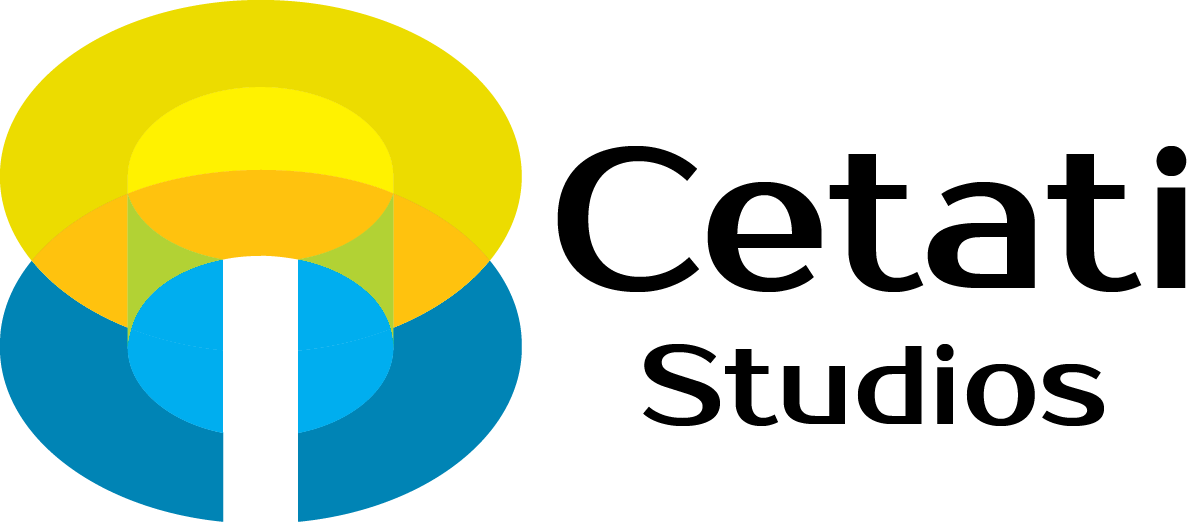Math Learning and Language Literature Review
The relationship between language comprehension and mathematic success, especially regarding word problems, is well documented. NCSM Board member and math methods teacher Ruth Harbin Miles writes, “Teaching mathematical language gives students tools to precisely articulate their thinking and explain their answers… [The] use of a strong mathematical vocabulary lays the foundation and helps prepare students for what they will be learning in future grades.” Because math language continues to build on previous lessons, students who lack math language fluency, even if proficient in calculation, tend to fall further and further behind.
As a report of a 2014 action research study states, “Although students may excel in computation, their ability to apply their math skills will suffer if they do not understand the vocabulary of mathematics used in instructions, story problems, and problems that use math vocabulary.” (Bruun, Diaz, and Dykes, The Language of Mathematics). This connection between language and mathematics goes beyond the conceptual. “The majority of standardized assessment items require students to read and interpret language and, specifically, mathematics vocabulary. (Powell, Nelson).
The link between language comprehension and mathematics has been supported by multiple studies. A study by Lee and Hermer-Patrnode found that although students may be familiar with the mathematic concepts, they are unable to decipher the language associated with that concept or problem. In another study, observations of pre-school teachers revealed that an increased use of number words and concepts in conversations with students resulted in greater growth in math proficiency. This was not a study about math instruction; it was a study about the math language that these teachers used when they weren’t teaching math. “Yes, you three may help me.” versus “Yes, you may help me.”. (Klibanoff, Levine, Huttenlocher, Hedges)
A study by Elizabeth Spaepen on “homesigners”, a deaf population from Nicaragua lacking formal sign language, revealed further insight into the important connection between language and mathematics. Spaepen’s study revealed that the “homesigners”, who, “communicate through entirely made-up hand gestures,” were unable to count beyond three. In contrast, non-deaf, uneducated locals and local deaf populations who were trained in ASL showed understanding of larger numbers (Healthland- more details?!).
Although a great deal of discussion and research into the link between language and mathematics exist, specific solutions to promoting this symbiotic relationship are somewhat lacking. Somewhat vague prescriptions, like, “speaking and using the language of math with students in everyday classroom experiences,” (Corwin) or “Encourage students to use the vocabulary in discussions and on assignments, and use it repeatedly and consistently yourself,” (ERIC.ed) are available.
Riacommini et al expand on these vague ideas by suggesting that one solution may be to, “use technology to support acquisition of mathematics vocabulary, and create mathematics-vocabulary games for students,” (Riacominni et all- Meadowscenter). Extensive discussion of mediums through which these mathematic “experiences” and “games” occur has been lacking.
Mathematics Vocabulary in Instruction Schleppegrell (2012) called for the focus on academic language from the early elementary grades, but educators provide students with few opportunities to explicitly learn mathematics vocabulary (Monroe & Orme, 2002). Livers and Bay-Williams (2014) explained that understanding mathematics is not limited to hearing and reading; students also must be able to speak and write about mathematics. In some instances, mathematics academic language is as simple as names for numbers (e.g., Browning & Beauford, 2011), but in many other instances, mathematics vocabulary describes mathematical concepts and procedures.
Bruun, Diaz, and Dykes (2015) described learning mathematics as similar to learning a new language because of the immensity of academic language necessary for mathematics. To help students develop multiple ways to understand the language of mathematics, focused instruction may be necessary. One method for increasing the mathematics language of students may be through an increase of mathematics-vocabulary knowledge. In terms of instruction, many researchers and educators have provided suggestions for teaching mathematics vocabulary.
Both Bay-Williams and Livers (2009) and Monroe and Orme (2002) suggested that educators use explicit instruction to teach mathematics vocabulary and provide students with opportunities to encounter mathematics vocabulary in everyday and context-related situations.
Academic language is defined as the grammar, linguistic functions, and vocabulary that students use in the content areas (e.g., mathematics; Cummins,2000). Academic language is a significant predictor of academic achievement (Townsend, Filippini, Collins, & Biancarosa, 2012); therefore, students must master academic language for success in school. As academic language differs by discipline (Nagy & Townsend, 2012), becoming masterful with academic language in a content area like mathematics requires oral exposure, written exposure, oral production, and written production within the content area (Ernst-Slavit & Mason, 2011).
Given the variety of ways to access academic language and because many educators overlook the language of mathematics when teaching mathematics (Riccomini, Smith, Hughes, & Fries, 2015), it is not surprising that many students have difficulty with the academic language of mathematics (Rubenstein & Thompson, 2002).
